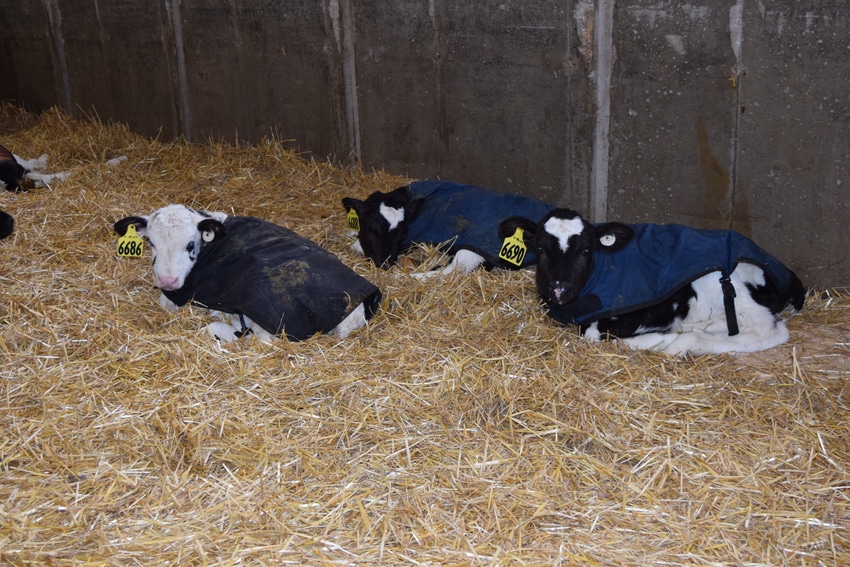Different dairy farmers have same keys to calf success.
January 29, 2018

Every dairy farm is different, but when it comes to calf programs, there may be more similarities than expected.
At the 2018 Leading Dairy Producers Conference, hosted by Purina Animal Nutrition, three dairy farmers shared what makes their individual calf programs successful.
1. Find the right people. Wiebe Dijkstra, dairy farm manager at Rockland Farms, a 3,000-cow dairy in Random Lake, Wis., credited a lot of the farm's calf program success to finding the right people to feed calves.
“We can build whatever we want, but if the people don’t do it right, we won’t have great calves,” Dijsktra explained.
Consistency across employees is also important. “A key to our success has been to make sure all the people feeding calves do all the same things,” said Tim Evert of United Dreams Dairy, a 440-cow farm in North Freedom, Wis. “Calves -- just like cows -- don’t like variation.”
2. Use data to uncover opportunities. Weighing and measuring calves was another tip that resonated among the panel.
“When we first started benchmarking calves, we found room for improvement,” explained Matt Ziegler of Ziegler Dairy, a 1,400-cow farm in Middleton, Wis. “Before that, we didn’t have a good idea where we were or where we could go. Now, we do, and that’s exciting for us.”
3. Choose a good nutrition program. All three farmers agreed that good nutrition is the foundation of a successful calf program. By feeding a full-potential diet, each farm has seen healthier calves, increased height and frame growth, heifers that reach breeding size sooner and a positive milk response in first lactation.
“We know that the first six months of a calf’s life will set the stage for her future,” Dijkstra said. “That’s why our calf program is so important to us.”
4. Do what’s best for you. Every farm is unique. What works for one farm may not work for another. Evert converted existing facilities at their two locations to make them work best for their calves and heifers.
“Calf feeding is a constant learning curve,” Evert explained. “We just figure out what works best for us and go with it.”
On Ziegler Dairy, doing what’s best for them meant turning their old dry cow barn into a calf barn. They updated facilities and added technology to help the calves thrive, including curtains, fans, tube ventilation, automatic calf feeders and more.
“My dad always taught me to do the best I can with everything,” Ziegler explained. “So, we make our calf barn work for us.”
Gary Geisler, calf and heifer specialist with Purina Animal Nutrition, concluded the panel session with this advice: “There is no one right way to raise a calf, but by doing what’s best for you and your animals, working with a knowledgeable team and providing good nutrition and housing, your calves will be well on their way to being happy, healthy and productive cows.”
You May Also Like

.png?width=300&auto=webp&quality=80&disable=upscale)

